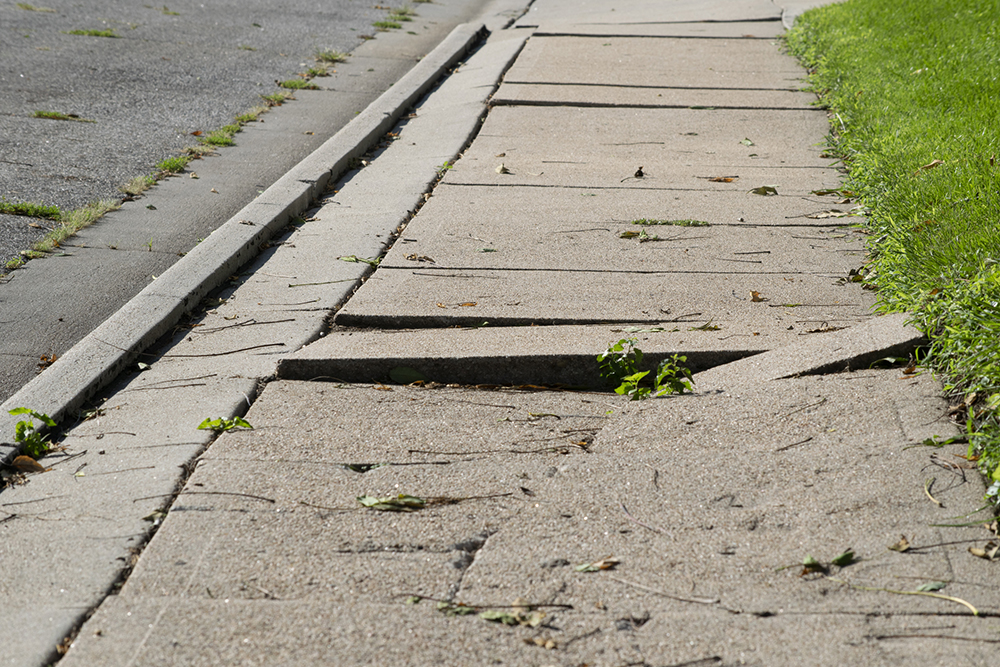Slips, trips, and falls are among the most prevalent injuries in the home healthcare setting, putting caregivers, clients and their family members at danger. Most of these mishaps, however, can be avoided with adequate awareness and safety practices.
Preventing Slips, Trips and Falls for Caregivers
Caregivers have a higher risk of injury than other professions, and slips and falls can increase those numbers even more.
Encourage your caregivers to follow these tips:

- Wear proper footwear—Wear non-slip shoes and avoid walking on stairs or floors while wearing socks.
- Wear clothes that fit properly—Make certain that your pants are hemmed so that they do not drag on the ground.
- Stay physically active—Regular exercise keeps your muscles strong and your joints flexible.
- Schedule routine eye exams—Routine eye exams will ensure you have the necessary prescription, making ever activity from driving to cooking more safe.
- Get enough sleep—A well-rested caregiver will make fewer mistakes and experience fewer injuries.
- Educate the client and their family—Everyone in the house should be aware of the precautions to avoid slips, trips and falls. Walk through the home and evaluate any areas of concern.
- Close drawers and cabinets—Check for any drawers or cabinets that have been left open and close them to avoid running into them.
- Be aware of pets—Request that a client remove animals from the treatment area so they are not underfoot.
- Maintain clean and dry floors—Mop up any spills immediately and ensure the floor has clear walkways.
- Move it where you use it—Keep supplies that you use frequently in an easily accessible location.
Preventing Slips, Trips and Falls for Clients
Clients and their families can also be injured in the home. Encourage clients to maintain a clean and orderly environment.
- Improve lighting—Make sure all spaces are brightly illuminated, including stairs, hallways and bathrooms.
- Use non-slip mats—Add non-slip mats in high-traffic, damp areas to increase grip and reduce the danger of slipping.
- Improve stairwells—Uneven or narrow staircases are common places to lose footing. Add secure railings and improved lighting.
- Repair damaged flooring—Cracked tiles, tattered carpets or uneven flooring can cause people to trip. Schedule repairs or replace worn carpeting.
- Place cords in the proper place—Keep electrical cords away from high traffic areas.
- Secure throw rugs—This is an easy way to slip, so secure throw rugs with double-sided tape.
- Create open pathways—Arrange furniture to generate open walkways that prevent impediments.
- Review medication—Certain medications may impair coordination or balance, increasing your risk of falling. Be aware of the risk.
- Be aware of medical equipment—Trips can also be caused by walkers, canes, oxygen tanks, and other equipment. Encourage clients to be aware of their equipment.
Protecting Your Home Care Business from Associated Claims
Hazards will differ depending on the home setting, and conditions may change often. Caregivers must assess the dangers in each client’s home and interact with clients and their families to reduce hazards where possible. Although not all dangers can be eliminated in a home healthcare setting, personnel may considerably reduce the likelihood of a slip, trip, or fall by being aware of the risks and implementing adequate safety procedures.
In addition to implementing safety procedures, your business needs Workers’ Compensation for caregiver injuries and General Liability for claims of negligence or failure to perform professional duties.
Lockton Affinity Home Care offers all the policies companion care businesses need. Request a price indication today to see what our coverage will look like for your business.

